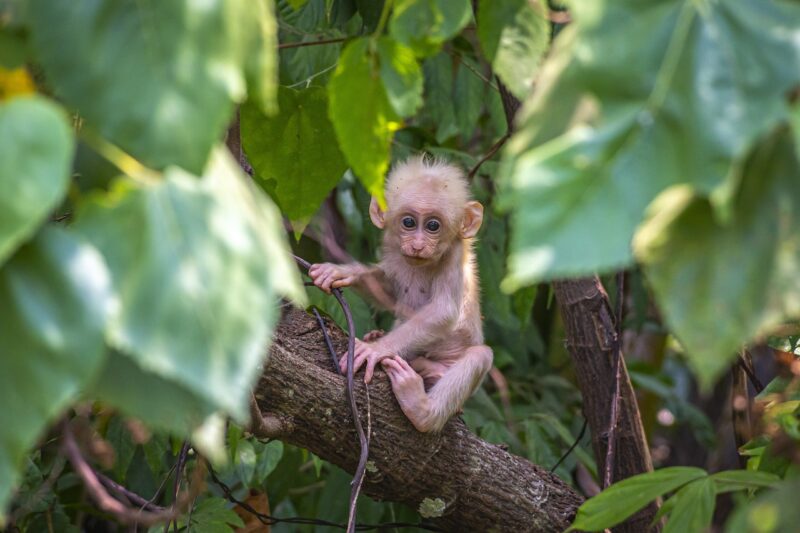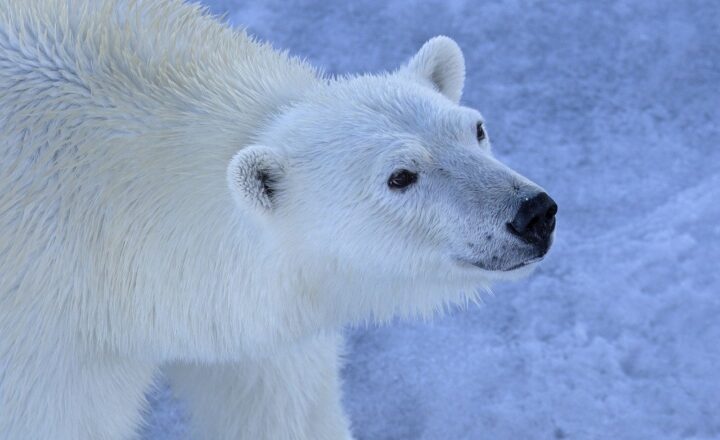The Role of Monkeys in Rainforest Ecosystems: Pollinators, Seed Spreaders, and More
November 14, 2024

Rainforests are the lungs of our planet, teeming with life and critical to maintaining ecological balance. Among the diverse inhabitants of these vibrant ecosystems, monkeys play a vital role that goes beyond mere observation. As pollinators, seed spreaders, and ecosystem engineers, monkeys contribute significantly to biodiversity and the health of rainforest habitats. In this article, we delve into the various functions that monkeys fulfill within these ecosystems, the challenges they face, and the urgent need for conservation efforts to protect both them and their habitats.
1. Understanding Rainforest Ecosystems
Rainforests are characterized by high levels of rainfall, humidity, and remarkable biodiversity. These ecosystems house about half of the world’s plant and animal species, making them vital for ecological stability. The intricate relationships between organisms in these habitats ensure nutrient cycling, habitat formation, and overall ecosystem services. Trees, plants, animals, fungi, and microorganisms interact in complex webs of life, each contributing to the balance of the environment.
Among these living beings, monkeys are particularly important. Here’s why:
- Biodiversity Maintenance: Monkeys contribute to the richness of rainforest life, influencing the populations of various species, including plants and smaller animals.
- Nutrient Cycling: By foraging and moving through the forest, monkeys help in the distribution and recycling of nutrients essential for plant growth.
- Ecosystem Resilience: The presence of diverse monkey species can bolster ecosystem resilience against climate change and human impact.
2. Monkeys as Pollinators
Monkeys often go unnoticed in their role as pollinators, yet they play a significant part in the reproductive processes of many rainforest plants. When monkeys feed on fruits and nectar, they transfer pollen from one flower to another, facilitating fertilization. This process is crucial for the following reasons:
- Plant Reproduction: Many fruit-bearing trees and plants depend on monkeys to reproduce, ensuring the next generation of foliage that sustains the entire ecosystem.
- Food Source Creation: The pollination of flowers leads to the production of fruits, which are not only vital for monkey diets but also for countless other species, including birds and insects.
- Genetic Diversity: Pollination by monkeys helps maintain genetic variations among plant species, which is crucial for ecosystem stability and adaptability to changing conditions.
The role of monkeys in pollination underscores their importance in maintaining the cycle of life within rainforest ecosystems.
3. Seed Dispersal: A Key to Tropical Biodiversity
In addition to pollination, monkeys are excellent seed dispersers. They consume fruits and subsequently excrete the seeds at various locations throughout the forest. This behavior contributes significantly to the structure of rainforest ecosystems. Here’s how:
- Forest Regeneration: By moving seeds away from the parent plant, monkeys help maintain healthy populations of various tree species, allowing forests to regenerate and thrive.
- Habitat Connectivity: As monkeys travel vast distances in search of food, they connect fragmented habitats, promoting genetic diversity and resilience among plant populations.
- Support for Other Species: The fruits and seeds dispersed by monkeys are critical food sources for other species, creating a complex food web supported by monkey activity.
The seed dispersal process underscores the interdependence among species, highlighting the complex connections that sustain biodiversity within rainforests.
4. Monkeys as Ecosystem Engineers
Beyond their roles as pollinators and seed dispersers, monkeys can alter their environments, helping to shape the ecosystems they inhabit. This occurs through:
- Foraging Behavior: The way monkeys forage for food can influence plant community structure, impacting which species thrive and dominate the landscape.
- Soil Enrichment: As monkeys consume fruits and plants, their waste adds nutrients back into the soil, enhancing its fertility and supporting plant growth.
- Creation of Pathways: Monkeys create trails through dense vegetation, which can help other animals navigate the forest and facilitate growth opportunities for plants, allowing sunlight and air to reach the forest floor.
Through these activities, monkeys contribute to the overall health and resilience of rainforest ecosystems.
5. Threats to Monkey Populations and Their Impact on Ecosystems
Despite their importance, monkey populations face significant threats stemming from human activities:
- Deforestation: The clearance of forests for agriculture and urban development leads to habitat loss, forcing monkeys into smaller areas, risking their survival and dispersal capabilities.
- Illegal Wildlife Trade: Monkeys are often captured and sold as exotic pets, which can dramatically reduce populations and disrupt their social structures.
- Human-Wildlife Conflict: As humans expand into forests, encounters between monkeys and populations can lead to retaliation, harming both species.
- Climate Change: Alterations in temperature and precipitation patterns can disrupt food availability and habitat integrity, affecting monkey survival and their roles within ecosystems.
The decline in monkey populations has a cascading effect on rainforest ecosystems, which may lead to decreased plant diversity, disrupted plant-pollinator interactions, and impaired ecosystem functions overall. Protecting monkey populations is crucial not only for their survival but for the integrity of rainforest environments.
6. Conservation Efforts: Protecting Monkeys and Rainforests
Conservation initiatives for monkeys must prioritize habitat preservation and restoration. Some of the key efforts include:
- Protected Areas: Establishing and enforcing protected regions helps provide monkeys safe habitats where they can thrive without human interference.
- Community Engagement: Involving local communities in conservation efforts raises awareness about the importance of monkeys for ecosystem health and fosters sustainable practices.
- Research and Monitoring: Ongoing studies help assess monkey populations and their ecological roles, guiding effective management strategies.
- Legislation: Implementing laws against wildlife trafficking and deforestation ensures the protection of monkeys and their habitats.
Ultimately, collaboration among governments, NGOs, researchers, and local communities is essential for safeguarding monkeys and preserving their crucial roles in rainforest ecosystems.
Conclusion: The Urgency of Protecting Monkeys and Rainforests
Monkeys are indispensable to the ecological integrity of rainforests, acting as pollinators, seed dispersers, and ecosystem engineers. Their decline due to human impacts threatens not only their survival but the very fabric of rainforest ecosystems. Our commitment to conservation efforts, legislative measures, and community awareness is crucial in ensuring that these remarkable creatures continue to thrive in their natural habitats. By protecting monkeys, we are also safeguarding the extraordinary biodiversity and ecosystem services that rainforests provide, which are essential for the wellbeing of our planet and future generations.
As stewards of our planet, we must act now to protect the delicate balance of rainforest ecosystems and the incredible species that inhabit them, including the vital monkey populations that contribute to their sustenance.






